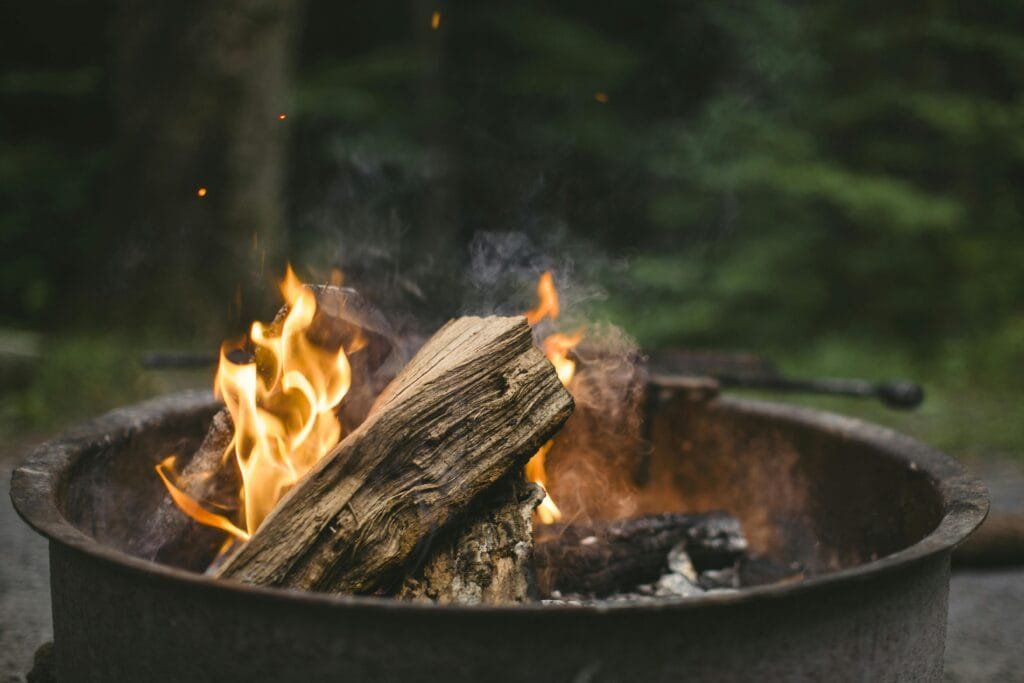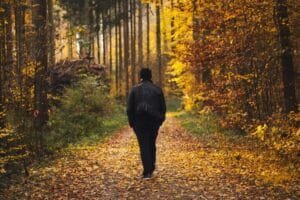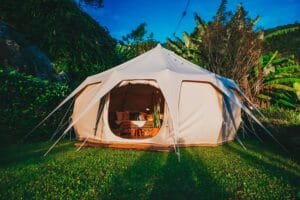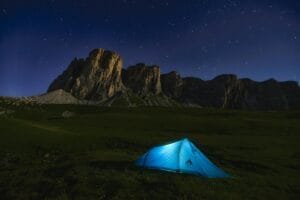
Image of Campfire
Imagine yourself deep in the wilderness, the sun is setting, and the temperature is dropping quickly. What’s the one skill that could ensure your safety, warmth, and survival? The ability to start a fire. Or more likely you can’t find matches for a birthday cake. We’ve all been there!
Whether you’re an avid camper, a weekend hiker, or a cake fan, mastering fire-starting is an essential wilderness survival technique. Let’s spark up some knowledge!
Why Fire-Starting Is a Must-Know Survival Skill
Fire does more than keep you warm—it’s your lifeline in a survival situation. Whether you need to purify water, cook food, signal for help, or ward off wild animals, knowing how to start a fire can drastically improve your chances of surviving in the wilderness. It’s not just about comfort; it’s about staying alive.
Did you know? According to wilderness survival experts, hypothermia is the leading cause of death in the outdoors. Fire provides warmth, which can be a literal lifesaver when the temperatures drop unexpectedly. Being able to start a fire, even under difficult conditions, is one of the most critical survival techniques you can master.
Mastering Fire-Starting: FAQs and Expert Tips
There are several ways to start a fire, and having a few methods up your sleeve ensures you’re prepared for any situation. Here are the most reliable ones:
Ferro Rods: One of the most popular survival tools, a ferro rod generates sparks when scraped with steel. These sparks are hot enough to ignite tinder even in damp weather.
Flint and Steel: This ancient method is tried and tested. Striking a piece of steel against flint creates sparks that can ignite your tinder.
Bow Drill: If you find yourself without tools, a bow drill is a primitive but effective fire-starting method that uses friction. It’s harder to master, but in the wild, it’s invaluable.
How Do You Find and Prepare Tinder?
Tinder is the key to getting your fire started—it needs to be dry and catch a spark quickly. Here are some great natural options for tinder:
Dry Leaves and Grass: Easily available and highly flammable, these are the go-to materials in most environments.
Birch Bark: If you’re in a forest, birch bark is a fantastic tinder source. Even when damp, it can catch fire easily.
Cotton Balls with Vaseline: If you’ve packed a survival kit, cotton balls coated in Vaseline are excellent. They burn hot and long, perfect for getting your kindling to ignite.
What’s the Best Wood to Use for Building a Fire?
Choosing the right wood is essential to keeping your fire going. Here’s how to categorize your firewood:
Tinder: These are small, dry materials that ignite quickly. Look for anything from twigs to paper-like bark.
Kindling: Small sticks and branches are used to build up the fire once your tinder catches. Ensure these pieces are dry and easy to break.
Fuelwood: Once your fire is steady, add larger logs. Hardwoods like oak and maple burn long and hot, making them ideal for sustained fires.
Always remember: dry wood burns best. Avoid anything that feels damp or green, as it will produce more smoke than flame.
How Can You Start a Fire in Wet Conditions?
Starting a fire in the rain or with damp materials is one of the toughest challenges. Here are some strategies to help you get that blaze going, even when everything seems wet:
Split Logs: Even if the outer layers are wet, splitting logs open will reveal dry wood on the inside. Use this to build your fire.
Use a Platform: Don’t build your fire directly on wet ground. Lay down a platform of sticks or rocks to keep your tinder and kindling dry.
Carry Waterproof Fire Starters: Invest in waterproof matches or a ferro rod. These tools will give you the spark you need, regardless of the weather.
Mastering crucial wilderness survival techniques, particularly fire-starting, can drastically increase your confidence and safety when exploring the great outdoors. Whether you’re using a lighter, flint and steel, or bow drill, the ability to create fire is invaluable. Along with fire-starting, focus on learning other key skills like shelter-building and water purification to ensure you’re prepared for any survival scenario.
Adventure awaits, but preparedness is the true key to surviving—and thriving—in the wild.





